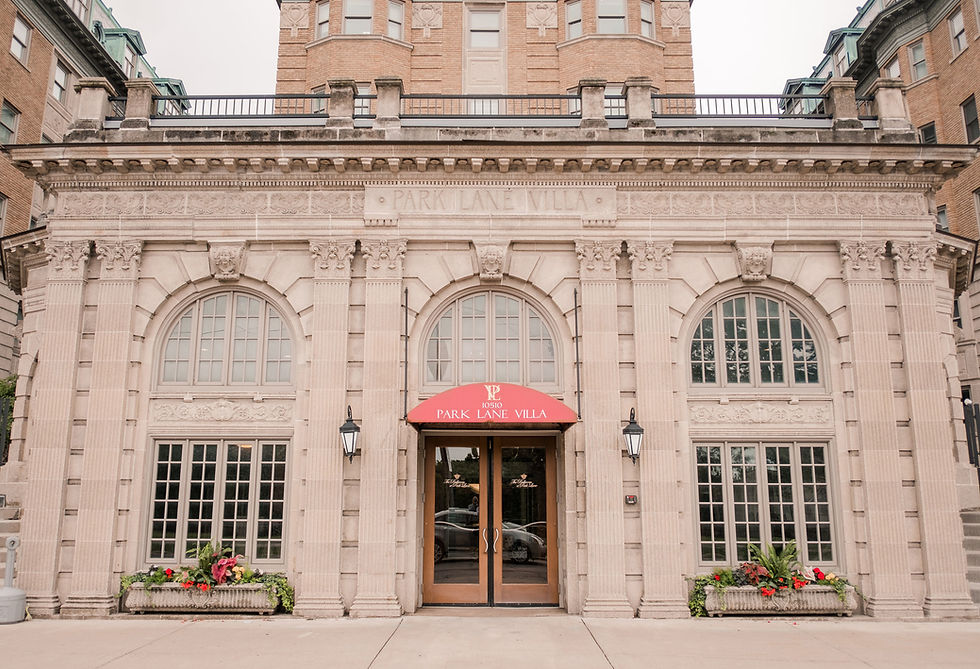The True Cost of Specific Floral Selections in Wedding Planning: What Couples Need to Know
- David Rosado
- Oct 3
- 3 min read

When it comes to wedding planning, flowers are one of the most essential—and most misunderstood—elements of the event. Couples often arrive at consultations with a clear vision in mind: cascading orchids, imported peonies, or a bouquet of blue hydrangeas. While it's natural to want your wedding day to reflect your dream aesthetic, requesting specific flower types comes with important financial and logistical implications that are often overlooked.
This blog aims to demystify how ordering specific flowers can affect your wedding budget and timeline, as well as why florists should be cautious when promising exact varieties.
1. How Specific Floral Requests Drive Pricing

While couples might expect flower pricing to be relatively consistent, it’s a highly dynamic market affected by multiple external factors. Here's how specific floral request influences cost:
a. Seasonality
Flowers such as peonies, ranunculus, or lily of the valley are only available during limited windows each year. If your wedding falls outside of that window, fulfilling your request often means importing the blooms at a premium price—or not being able to get them at all.
Example: Peonies are in peak season from April to June. A request for peonies in September can double or even triple the cost per stem.
b. Geographic Origin and Import Costs
Certain floral varieties must be sourced internationally depending on availability. This introduces higher freight costs, import taxes, and greater risk of damage during transit.
c. Color Specifications
Florists can often accommodate general color palettes (e.g., blush pink, ivory, sage green), but requesting a specific variety in an exact shade—such as “David Austin Juliet roses in soft apricot”—may require sourcing from a narrow list of specialty growers, further increasing costs.
d. Market Demand and Global Events
Events such as holidays, political unrest in growing regions, or climate disruptions can affect flower pricing globally. For instance, prices for red roses skyrocket around Valentine’s Day, and a heatwave in Ecuador can impact rose production for months.
2. The Risk of Over-Promising: Why Florists Should Avoid Guaranteeing Specific Blooms

While it may be tempting to promise a client their dream bouquet verbatim, doing so can be risky for your business. Here's why:
a. Nature Is Unpredictable
Even with pre-orders, crops can fail, shipments can be delayed, or flowers can arrive in poor condition. A single storm or customs issue can derail a planned shipment.
b. Legal and Contractual Consequences
If a florist guarantees a specific flower in writing and fails to deliver, the client may claim breach of contract or seek compensation. Vague or overly confident language in proposals can lead to legal and reputational consequences.
Recommendation: Always include clauses in contracts that state flower varieties are subject to seasonal and market availability, and that substitutions will be made with equal or greater value and in alignment with the overall design.
c. Client Satisfaction vs. Expectation Management
Over-promising sets unrealistic expectations. Instead, emphasize the overall design intention, texture, color palette, and mood, rather than exact blooms. Educating clients on flexibility can lead to greater satisfaction on the event day.
3. Best Practices for Managing Client Expectations
Educate Early: Use the initial consultation to explain the role of seasonality and market variables.
Design with Flexibility: Focus on the floral style (romantic, wild, modern) and the color story rather than fixed ingredients.
Write Smart Contracts: Include a substitution policy and avoid committing to specific flower types unless pre-paid and guaranteed by a grower.
Offer Visual Examples: Show mood boards with a range of acceptable flower options to create buy-in on a design concept, not just a flower list.
Communicate Changes Promptly: If a pre-ordered flower becomes unavailable, notify clients as early as possible with professional alternatives.
Final Thoughts
Choosing specific flowers for a wedding can add beauty and personalization, but it comes with notable financial and operational implications. As a florist or event designer, your role extends beyond fulfillment to education, expectation management, and creative problem-solving.
By understanding the true cost and complexity of fulfilling exact flower requests—and by crafting your communications and contracts accordingly—you protect both your reputation and your client’s experience, ensuring a beautiful event regardless of what nature delivers.
Need help designing a flexible yet luxurious floral plan for your event?
Contact us for a consultation or explore our seasonal floral guides to start planning with confidence.
_edited.png)



Comments